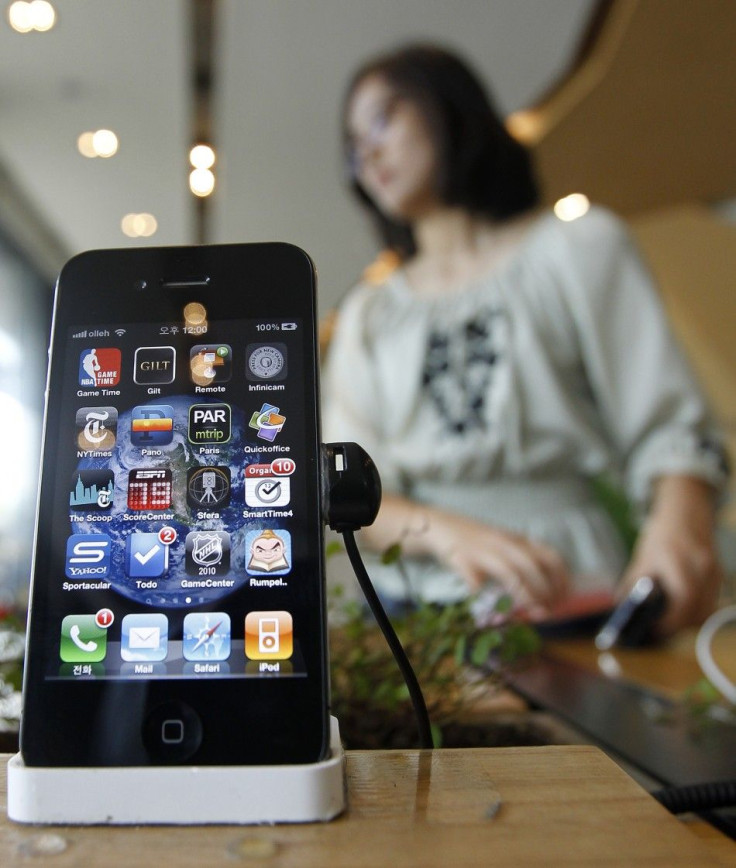How The Unlocked iPhone 4 Works?

Want to buy an iPhone, but don't want a multiyear service contract, then this news is for you.
Apple has released unlocked iPhone 4 (16GB) for GSM customers for $650. A 32GB model costs $750.
You can also use iPhone 4 if you prefer to use a local carrier when traveling abroad.
The unlocked device has all the features of a normal iPhone, including FaceTime (video calling), HD video recording, retina display and 5-megapixel camera with flash.
The unlocked iPhone 4 requires an active micro-SIM card that you obtain from a supported GSM wireless carrier. Simply insert the micro-SIM card into the slot on your iPhone, connect to your Mac or PC using the USB cable, and launch iTunes on your computer to complete the setup.
What's in the box?
* iPhone 4
* Apple Earphones with Remote and Mic
* Dock Connector to USB Cable
* USB Power Adapter
* Documentation
* SIM eject tool
Mac system requirements
*Mac computer with USB 2.0 port
*Mac OS X v10.5.8 or later
* iTunes 10.1 or later (free download from www.itunes.com/download)
* iTunes Store account
* Internet access
Windows system requirements
* PC with USB 2.0 port
* Windows 7; Windows Vista; or Windows XP Home or Professional with Service Pack 3 or later
* iTunes 10.1 or later (free download from www.itunes.com/download)
* iTunes Store account
* Internet access
The iPhone 4 is a touchscreen smartphone developed by Apple. It is the fourth generation of iPhone, and successor to the iPhone 3GS.
It is particularly marketed for video calling (marketed by Apple as FaceTime), consumption of media such as books and periodicals, movies, music, and games, and for general web and e-mail access.
The device was announced on June 7, 2010, at the Worldwide Developer Conference 2010 held at the Moscone Center, San Francisco, and was released on June 24, 2010, in the United States, the United Kingdom, France, Germany and Japan.
The iPhone 4 runs on Apple's iOS operating system, the same operating system as used on previous iPhones, the iPad, and the iPod Touch. It is primarily controlled by a user's fingertips on the multi-touch display, which is sensitive to fingertip contact.
The most noticeable difference between the iPhone 4 and its predecessors is the new design, which incorporates an uninsulated stainless steel frame that acts as the device's antenna.
iPhone is powered by an Apple A4 processor and 512 MB of eDRAM, twice that of its predecessor and four times that of the original iPhone. Its 3.5-inch (89 mm) LED backlit liquid crystal display with a 960×640 pixel resolution is marketed as the Retina Display.
The latest operating system release is iOS 4.3.3 (for GSM) and 4.2.8 (for CDMA).
© Copyright IBTimes 2024. All rights reserved.











